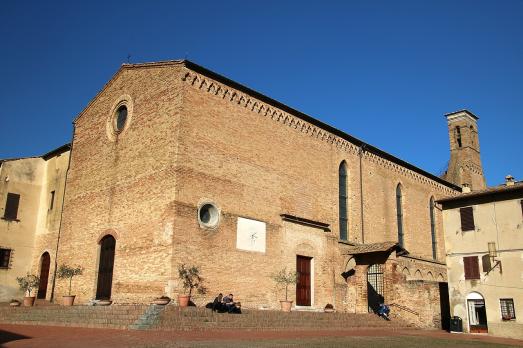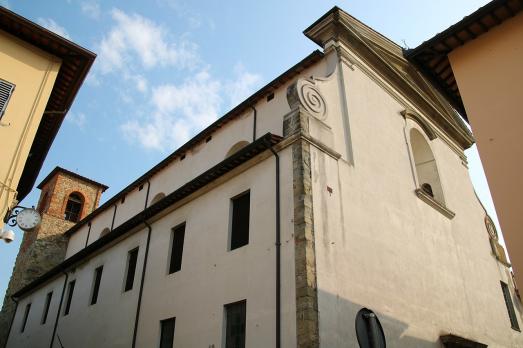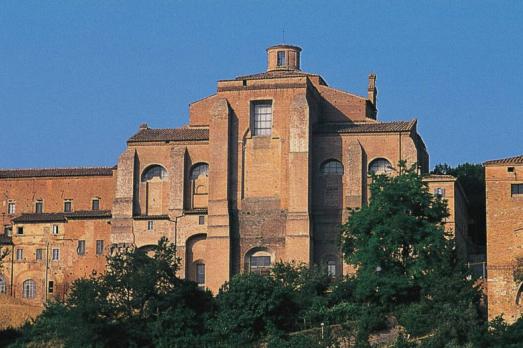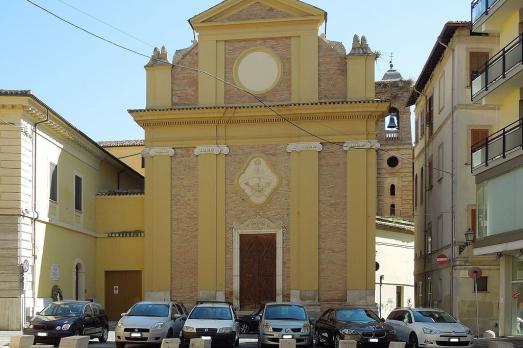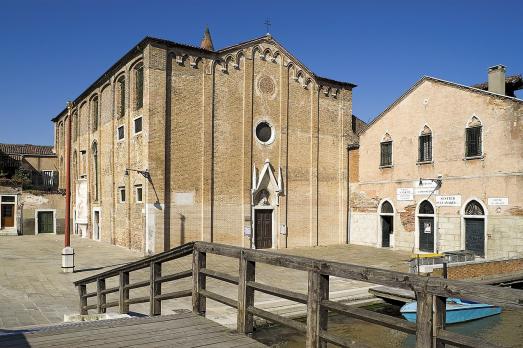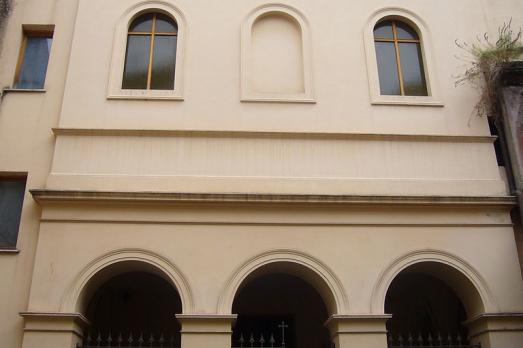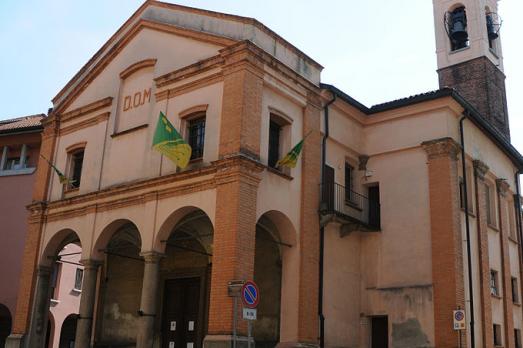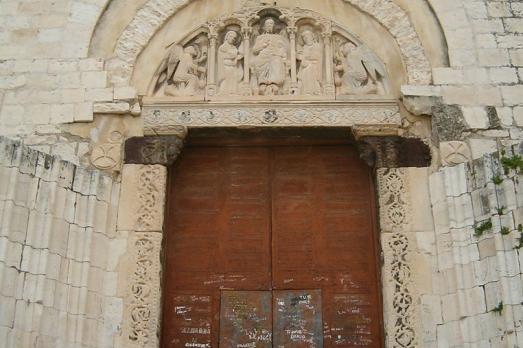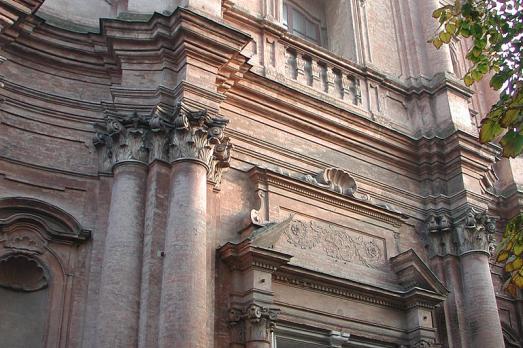
Chiesa di Sant'Agostino
Reggio Emilia, IT
The church of Sant'Agostino, already mentioned in a document of 1183 and destroyed in 1249 during the conflict between the Guelphs and the Ghibellines, was once on the site occupied by the present building. It took its present name in 1268 when it was rebuilt, together with the convent, by the Augustinian friars Eremitani. It was rebuilt in 1452 after the fire of 1423, when the present Romanesque apse and tower, designed by Antonio Casotti and financed by the municipality and Abbot Zoboli, were also erected. The baroque façade, entirely in terracotta, dates from 1746 and was designed by the architect Alfonso Torreggiani.
